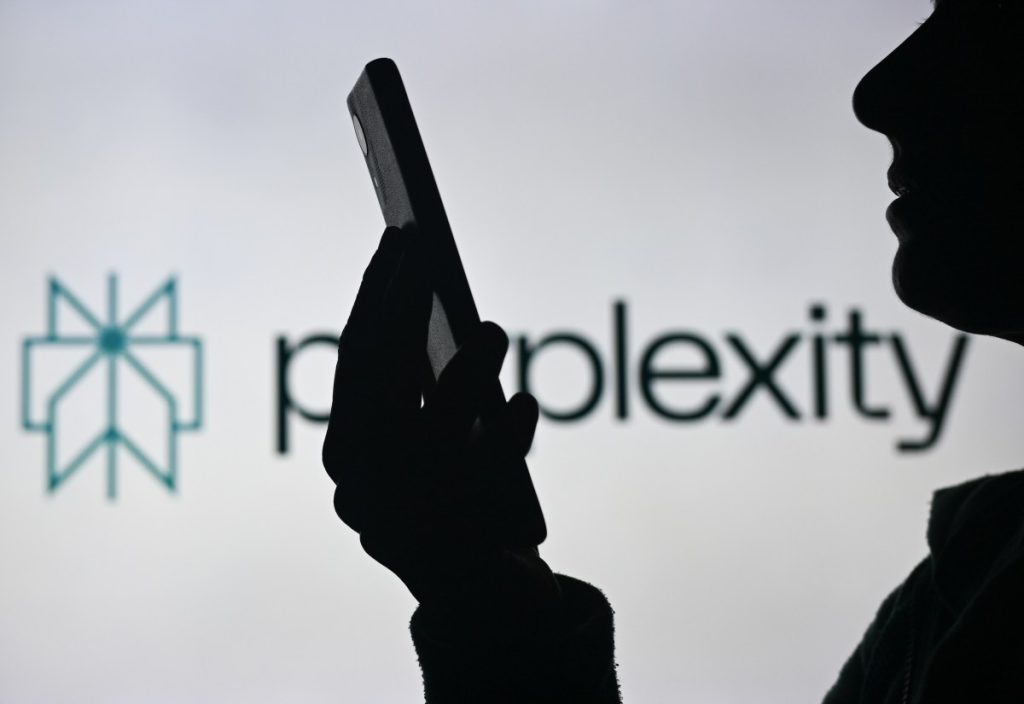Navigating the Murky Waters of AI and Copyright Law

In a rapidly evolving digital landscape, the boundaries between innovation and infringement are constantly being tested. Recent allegations against Perplexity, a generative AI startup, highlight this ongoing struggle. Accusations of plagiarism and unethical web scraping have surfaced, thrusting the company into the limelight.
Publications like Forbes and Wired have pointed fingers at Perplexity for allegedly lifting content directly from their articles. Such activities raise significant questions about the legality and ethics of using web-sourced content in AI systems. This introduction sets the stage for a deeper dive into the complex interplay of technology, law, and ethical boundaries that Perplexity and similar AI entities navigate.
Understanding the Accusations
Recent reports have surfaced indicating that Perplexity, a generative AI startup, is facing serious allegations of plagiarism and unethical web scraping practices. The company, which synthesizes extensive data to generate detailed answers, is being scrutinized for how it acquires and uses content from the web. Major news platforms like Forbes and Wired have leveled accusations against the startup, claiming it has lifted content verbatim from their articles.
Legal and Ethical Implications
Navigating the murky waters of copyright laws in the digital age can be complex. Perplexity’s situation brings to light the challenges companies face when balancing innovation with legal and ethical boundaries. The company claims compliance with the Robots Exclusion Protocol, which should prevent unauthorized web scraping. However, reports suggest this protocol hasn’t deterred their alleged scraping activities.
The implications of these practices extend beyond legality. They touch on ethical dilemmas about the fairness and integrity of using others’ intellectual property without proper acknowledgement.
Industry Standards and Practices
As AI technology advances, the practices around data acquisition have come under greater scrutiny. Perplexity’s approach of using publicly available AI models contrasts with competitors who develop their proprietary algorithms. This raises questions on the sustainability of such practices, especially when considering the rapid evolution and application of these technologies.
The reliance on external data sources, coupled with accusations of content scraping, highlights possible industry-wide issues that could affect how future technologies are developed and utilized.
Furthermore, the evolving landscape requires constant adaptation to protect intellectual property while fostering innovation. This balance is crucial as it impacts not only individual companies like Perplexity but also the broader tech ecosystem.
Perplexity’s Response and Future Steps
In response to the mounting criticism, Perplexity has articulated plans to refine its data sourcing approaches, including more transparent acknowledgment of content origins. This includes potential partnerships with media entities to share ad revenue derived from AI-generated content which involves their work.
While these initiative… Show more Show lessening accuracy and reliability of information.
At its core, the debate centers around the idea of ‘fair use’ and whether AI-generated summaries can be seen as transformative or are simply reworded versions of original content. The outcome of these discussions could set important precedents for how AI companies operate in the future.
In the unfolding saga where Perplexity stands accused of unethical AI practices, the echoes of concern ring across the tech industry. The questions raised about the fairness of using web-scraped content without clear acknowledgment have stirred significant contemplation on the evolving protocols necessary in AI-driven innovations. As the industry advances, striking a balance between leveraging data for breakthroughs and upholding ethical standards remains paramount. The discourse surrounding Perplexity’s practices and their subsequent adjustments depict a broader narrative about the need for transparency and integrity within AI operations, resonating across sectors keen on employing these revolutionary technologies.





